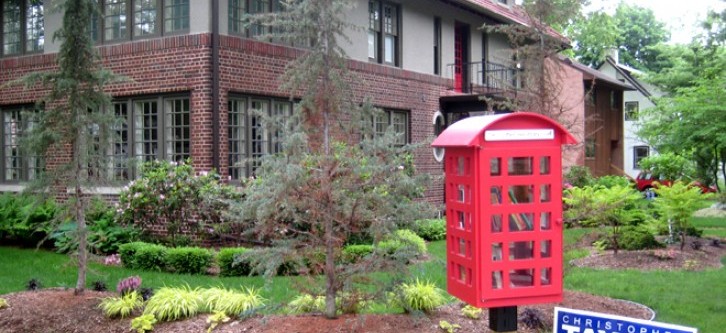The stretch from 1833 up through early 1834 was a pretty good run for the Chester County (Penna.) Cabinet of Natural Science. The museum published its seventh report in April 1834, and while its pages note some of the natural phenomena sprung upon the community in the previous year—like the “copious ‘meteoric shower’” observed on the night of November 12, 1833—the report also devotes a good chunk of space to what museum annual reports have continued to do up through the present day: thanking its donors.
The Chester County (Penna.) Cabinet of Natural Science by the spring of 1834 could boast that it possessed the head and bill of an albatross (with the jawbone of a dolphin thrown in for good measure) given to them by Captain Thomas Dixey, while Philip Sharpless had made a gift of his small collection of lead and iron musket balls gathered from the Brandywine battlefield. An adventuresome Dr. Carrey had wandered even further afield and such stony fruits of his travels as he carried back were of sufficient merit to prompt the museum to thank him for his “valuable collection of minerals from Arkansaw Territory.”
My copy of the 1834 report now reposes on the shelves of a private collection. Those impelled to delve with greater attention into the doings of the Chester County (Penna.) Cabinet of Natural Science might consult a run of the institution’s reports from 1828 through 1849 at Yale’s Beinecke Library (itself no mean cabinet of printed wonders).
The history of such museums and their missions is of course long and variegated: one might stray like a latter-day Dr. Carrey from the confines of Chester county to seek the acquaintance of such 17th century marvels as Ole Worm or Athanasius Kircher (see for instance John Glassie’s 2012 biography of the latter, A Man of Misconceptions) then bound forward a few hundred years to land upon Lawrence Wechsler’s latter-day look at the Museum of Jurassic Technology in his 1995 Mr. Wilson’s Cabinet of Wonders, before setting out to explore such extant incarnations of the wunderkammer as the venerable Mütter Museum in Philadelphia, the Morbid Anatomy Library and Museum in Brooklyn, or the Mmuseumm (sic) in Cortland Alley in New York City.
(At that last-named museum, the Casey Neistat collection of fake IDs alone seems worth a visit, though I would likely not entirely ignore their exhibition of pool toys banned in Saudi Arabia).
To turn the Belle of Amherst on her head (a gymnastic maneuver I have always wanted to try) for these museums there is no book quite like a frigate—the argosy bringing back curiosities from abroad for the wonder and delectation of all is the basis for both wonder and romance.
These ruminations on the compulsion to collect wonders were prompted by my sighting in Ann Arbor of the recently-installed Little Free Library #6037 at the corner of Lincoln and Granger. These informal lending libraries—installed along the general honor system model that you can leave a book or take a book—have been popping up with enough frequency to suggest that small community-created groups of printed books still have both social and aesthetic and even sentimental value.
And leaving books for reading to one side for a moment to stray into antiquarian realms, what is the book collector’s own collection often but a kind of personal museum? The scope of the little libraries also got me to considering the nature of miniature books (some beautiful examples of which can of course be found on this very site) and their strange intersection of both utility and wonder.
What other cabinets or collections out there collect articles of great value in small compass?


